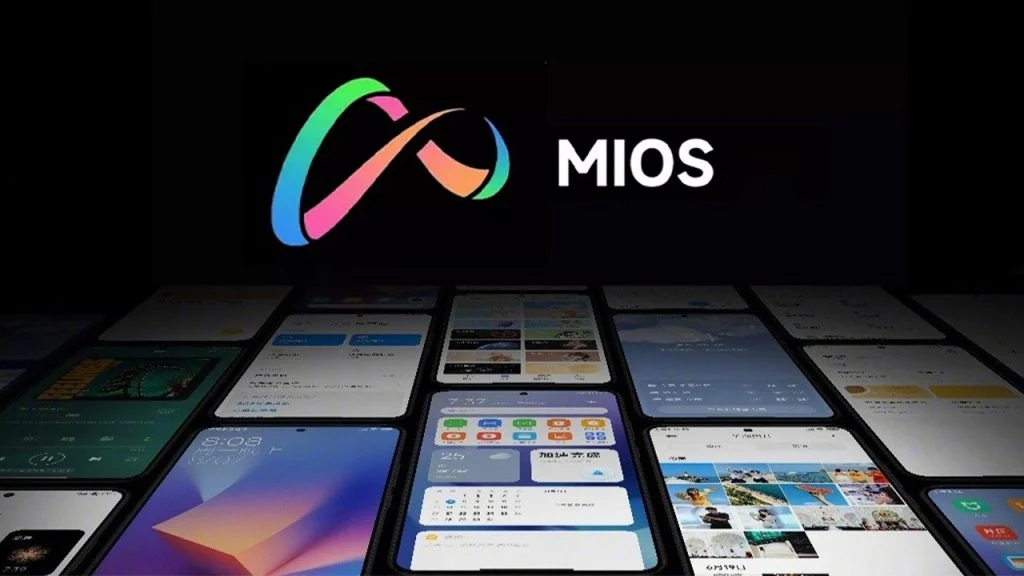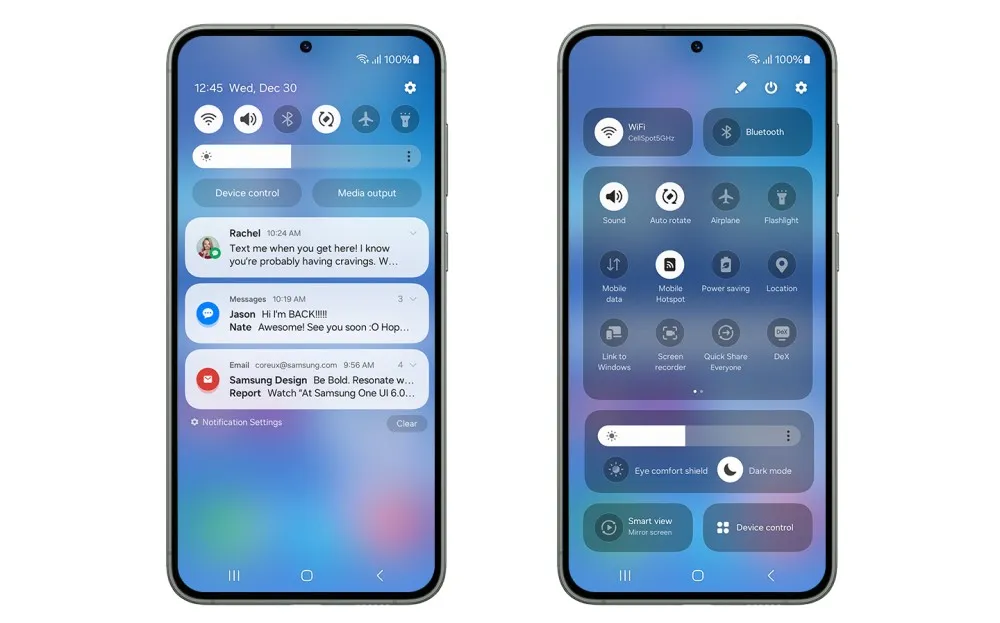The tech realm has recently witnessed a groundbreaking unveiling, marking a significant stride in the mobile operating system landscape. Huawei, a name synonymous with innovation and advanced technology, has introduced the first smartphone powered by its much-anticipated OpenHarmony Operating System (OS). This initiative isn't merely a demonstration of a new OS, but a remarkable leap that provides developers a fertile ground to nurture and grow their applications.
Bridging Realms with OpenHarmony OS
Huawei’s OpenHarmony OS is envisioned as a versatile, open-source platform designed to bridge the gap between different device ecosystems. This is a bold move in a tech era where the interoperability of devices is not just a convenience but a necessity. The OS is crafted to deliver a seamless experience across a myriad of devices, paving the way for a more connected and integrated digital future.
The debut smartphone is primarily targeted at developers, providing them with a robust platform to test, develop, and ultimately, innovate. With OpenHarmony OS at its core, the smartphone is poised to offer an expansive playground for developers, opening up a realm of possibilities in application development and user experience enhancement.
Specifications
Housed within this smartphone is a Unisoc P7885 chipset, accompanied by 8GB RAM and 128GB storage, marking Unisoc's inaugural venture into 5G-capable mobile platforms for industries.
Fabricated through TSMC's 6nm EUV process, the System on Chip (SoC) harbors an octa-core CPU: 1 ARM Cortex-A77 core at 2.7GHz, 3 ARM Cortex-A76 cores at 2.3GHz, and 4 ARM Cortex-A55 cores at 850MHz, alongside an ARM Mali-G57 quad-core GPU.
The device boasts a 6.58-inch FHD (LCD) display with a dewdrop notch, featuring a 64MP rear camera, a 0.3MP macro camera, and an 8MP front camera.
Connectivity wise, it supports dual SIM, 5G, dual-band WiFi, Bluetooth 5.0, GNSS, and USB 2.0 (Type-C), with additional features like a side-mounted fingerprint sensor and a MicroSD card slot. It's energized by a 4,500mAh battery, supporting 18W wired charging.
Priced at ¥1,299, pre-orders are accepted until November 30, with shipping commencing on January 30 of the following year.
A Glimpse into the Future
The introduction of a smartphone powered by OpenHarmony OS is a testament to Huawei’s continuous pursuit of innovation and its commitment to fostering a collaborative and open tech ecosystem. As developers dive into this new platform, they are not just exploring a new OS, but are becoming pioneers in what could be a new era of mobile technology.
The potential impact of OpenHarmony OS extends beyond just mobile phones. Its design as an open-source platform beckons a future where a multitude of devices can communicate and interact seamlessly, heralding a new wave of smart, connected ecosystems.
Engaging the Developer Community
By unveiling the first smartphone with OpenHarmony OS to developers, Huawei has set a clear signal of its dedication to engaging with and nurturing the developer community. This initiative is a solid step towards building a thriving ecosystem where innovation is not just encouraged, but is the very foundation.
The journey has just begun, and the tech world watches with bated breath as developers embark on exploring the endless possibilities that come with Huawei’s OpenHarmony OS. This moment is more than just a product unveiling; it’s a significant milestone in the ongoing narrative of technological evolution.
Source Links:



